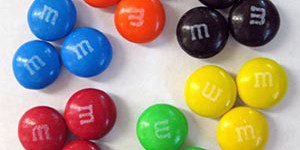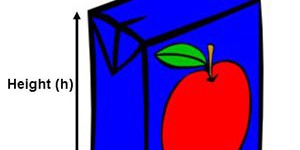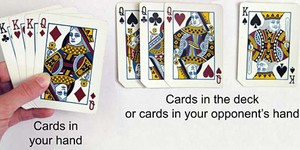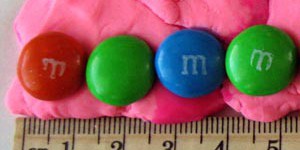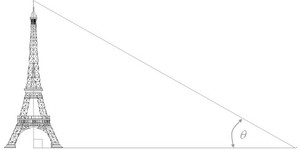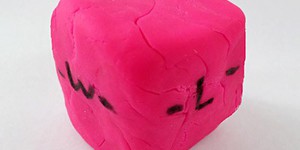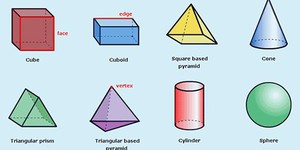Elementary School, Pure Mathematics Science Projects (20 results)
Wikipedia defines mathematics as "the study of quantity, structure, space and change." With a definition like that, it's easy to see why math is often called "the language of science." Math is essential for analyzing and communicating scientific results, and for stating scientific theories in a way that is clear, succinct, and testable.
|
Select a resource
Coding Projects
Sort by
|
It has been said that, "Life is like a box of chocolates—you never know what you're going to get" (Forrest Gump in Forrest Gump, 1994). In this science project you can test the "Forrest Gump Chaos Theory" by using M&M's®, which are much cheaper than a box of chocolates. What if life is more like a bag of M&M's? Find out in this science project if some things in life are predictable by using the awesome power of statistics.
Read more
Juice boxes are so convenient—just poke the straw in and sip away! But have you ever noticed that some juice boxes don't seem to have much juice, even when they have a lot of packaging? It might surprise you how much thought goes into the design and manufacturing of a juice box. Each manufacturer has carefully calculated how big each side should be to hold a certain amount of juice inside. In this science project, you will find out how different brands of juice measure up.
Read more
New
How do you feel right now? Do you remember how you felt a few hours ago? How about yesterday or last Wednesday? What if you could track your emotions throughout the day and use this information to help improve your mood and well-being? In this science project, you will program a simple, pocket-sized device that you can carry around with you to log your feelings whenever you want or on a specific schedule.
Read more
No matter what your favorite card game is, we all wish we could use psychic powers to draw the card we want on our turn. You may not have psychic powers, but you might have the power of probability on your side. In this science project, you will discover how math can help you avoid the words, "Go fish!"
Read more
Have your parents ever found you munching on candy and asked you, "How much candy did you eat?" Instead of saying, "I do not know?" and getting in trouble, maybe you would rather say, "I ate precisely 10.7 cubic centimeters of candy, Mom." Make your parents proud of their candy-eating genius child (you) with this simple science project.
Read more
This project shows how mathematical probability sometimes contradicts our intuition. Despite the fact that there are 365 days in a year, if you survey a random group of just 23 people there is a 50:50 chance that two of them will have the same birthday. Don't believe it? Try this project and see for yourself.
Read more
New
Have you ever walked next to your favorite ocean, lake, or creek and seen plastic waste everywhere? Have you ever thought about how much plastic breaks down into microplastics and pollutes waterways? Scientists are coming up with new ways to remove these microplastics from our waterways, and now you can test them out for yourself at home.
Read more
You're playing Monopoly with a friend, and you've already got Park Place and you really, really want to get Boardwalk. If you're on Pacific Avenue, what are the chances you'll reach your goal? Here's an easy project that will show you how to find out.
Read more
People often draw conclusions from a small number of observations, and use those conclusions to evaluate the likelihood that an event will take place. But how easy is it to draw the wrong conclusion based on those observations? Will your predictions be accurate if an experiment is only performed a few times? The objective of this project is to determine what happens when a test with two equally-likely outcomes is performed only a small number of times.
You can test this by flipping a coin. A…
Read more
If you've ever wondered how tall that bridge is, or how high your kite was, then this could be a good project for you. You'll learn how you can use the mathematics of right triangles to measure the height of an object with two measurements that you can make on the ground.
Read more
Have you ever had fun making different figures or colorful creations using some Play-Doh? You can squish and stretch a single piece of Play-Doh® to make all sorts of shapes. How does changing the shape of a piece of Play-Doh affect its volume? In this science project, you will find out by testing how changing a piece of dough's shape affects its dimensions (length, width, and height), and how these changes are related to the dough's volume.
Read more
In this project, you will make 2-dimensional templates, called nets, that fold up into 3-dimensional (3-D) shapes. By making shapes of different sizes, you will be able to see how 3-D shapes change with size. Which property (or aspect) will change the most: the length of an edge, the surface area, or the volume?
Read more
|

